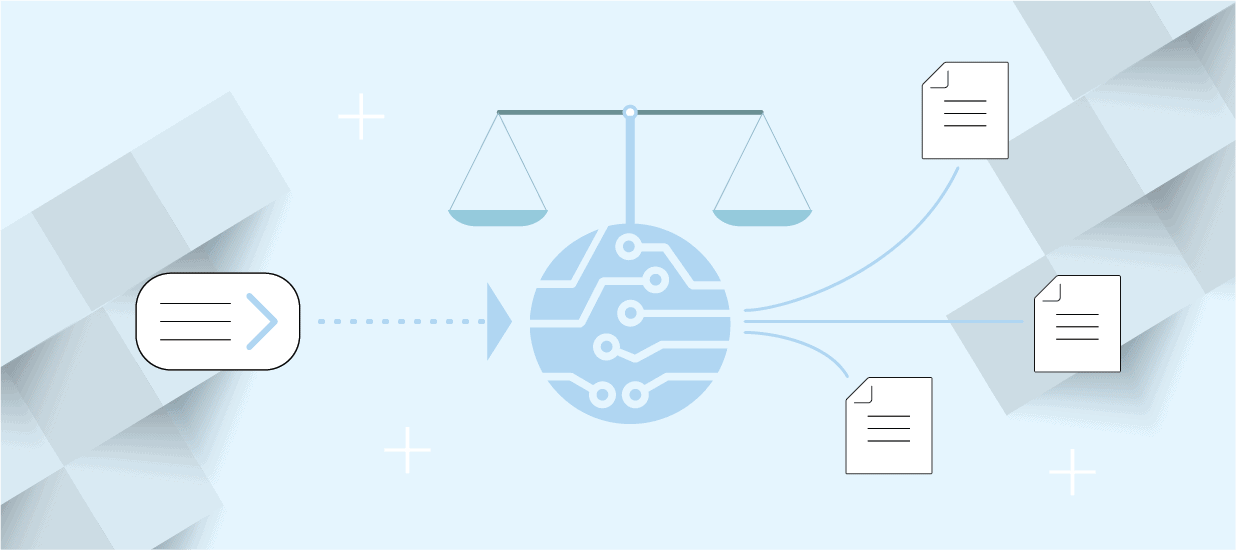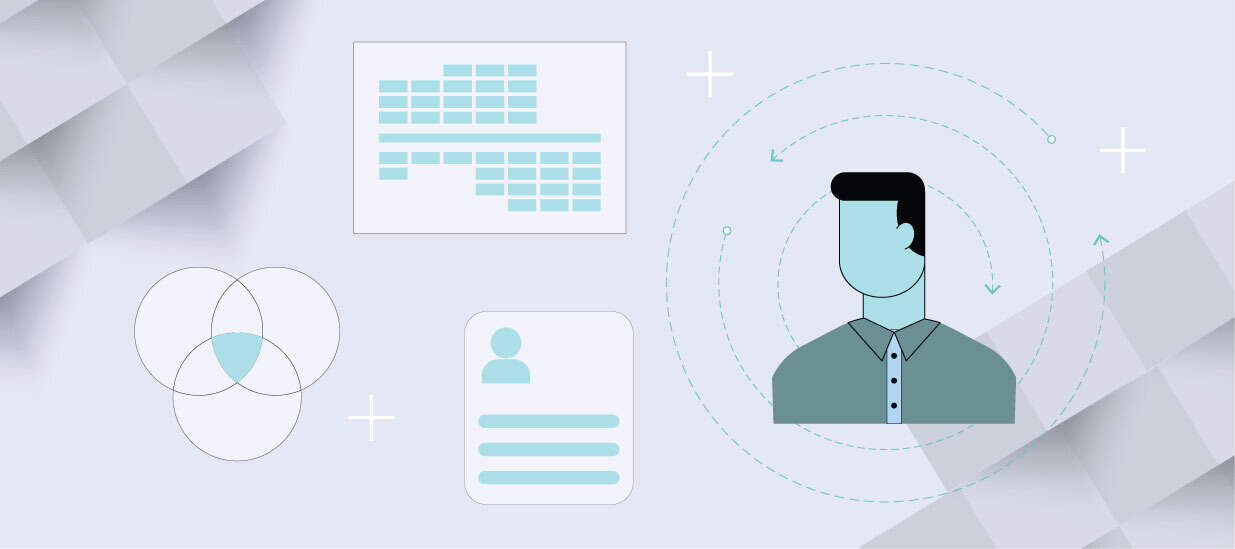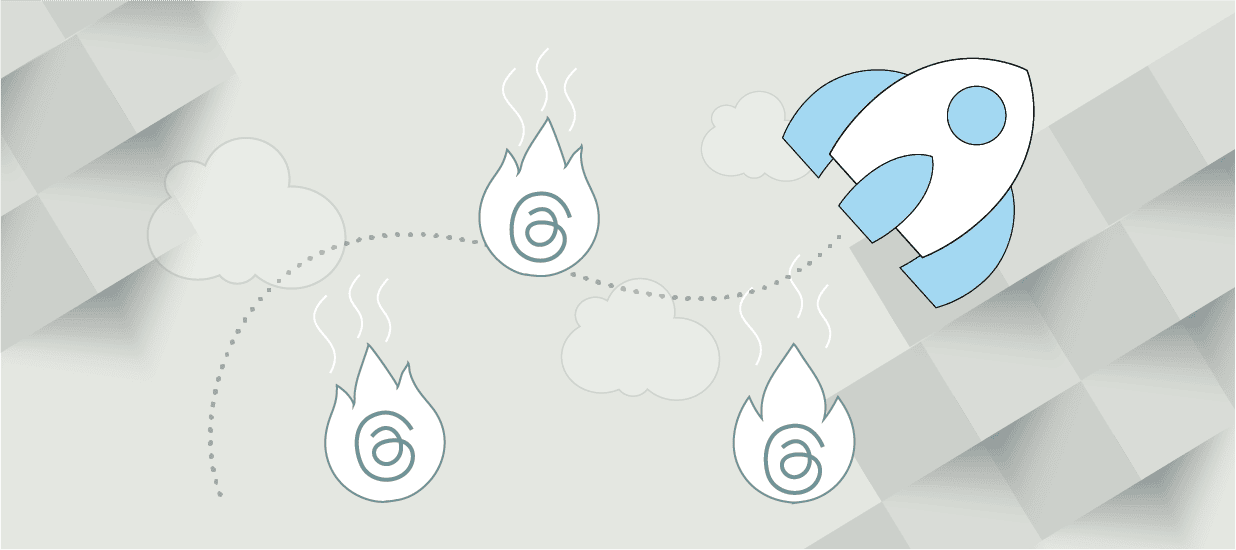4 minute read
Many product launches fail, not because of bad ideas, but because of four common challenges that block success. Here is how to recognize and overcome them.
Every year, thousands of new products hit the market. And every year, many of them fail. One of the most widely cited figures, popularized by Harvard Business School professor Clayton Christensen, suggests that around 95% of new products fail. While that number is often debated and can vary significantly by industry, the underlying reality remains: most product launches fall short.
For example, research on over 80,000 consumer goods found that 25% fail within the first year and up to 40% within two years. In fast-moving tech sectors, failure rates can climb even higher, especially when companies don’t connect with their audience or struggle to stand out. The product may be solid. The concept may be sound. But the launch is where it often falls apart.
To help companies clear that high-stakes hurdle, researchers at Inspira Strategies, with insights from MarketReach, reverse-engineered failed launches to identify a pattern. What emerged was a simple, four-part framework for identifying and overcoming the most common product launch obstacles.
Product Launch Barrier 1: Nobody Notices
The first, and often most fatal hurdle is lack of interest. You’ve launched emails, created videos, maybe even hit a tradeshow. But your prospects just … don’t respond. It’s not that they’re rejecting you. More likely, they’re just not paying attention.
How to Clear It:
Stop talking about your product. Start talking about their problem.
When a product is positioned by its features, it risks sounding like noise. But when it addresses a pain point—especially one that’s urgent or expensive—it gets noticed.
Example: VMware originally marketed itself as a company that let you run two operating systems on one machine. That message resonated with a very narrow, highly technical audience. But the broader IT market didn’t connect.
The breakthrough came when VMware started talking about server costs. By educating IT teams about underused servers and highlighting how virtualization could reduce expenses, VMware shifted the conversation from “what it does” to “why it matters.” That shift got attention—and drove adoption.
Product Launch Barrier 2: No Clear Difference
You’ve caught your audience’s eye. But then they hear another vendor make the same promise. And another. Soon, your once-compelling message is lost in a sea of sameness.
When that happens, buyers often default to the lowest price—or walk away altogether.
How to Clear It:
Don’t just try to be better. Be different. Be first.
Buyers rarely remember who had the best pitch. They remember who created the category—or claimed it first. The goal isn’t to outdo the competition on features. It’s to frame the problem in a new way and show how only you solve it.
Example: In the 1960s, Volvo couldn’t beat global giants like Ford or Toyota in terms of size or speed. So instead, it positioned itself as the “safe car” company. That focus on safety carved out a unique niche—and Volvo has owned that space ever since.
Product Launch Barrier 3: Buyers Don’t Trust You Yet
Even when your product stands out and solves a real problem, buyers may still hesitate. They’re skeptical. They’ve been burned before. And they’re not ready to commit.
How to Clear It:
Build trust through teaching.
The fastest way to earn credibility is to help your audience understand their problem better than anyone else. Teaching builds confidence. It shows you “get it.” It positions you as a guide—not just another seller.
Example: VMware’s Diane Greene didn’t start by showcasing her product. She went on the road to educate IT leaders about an invisible problem: expensive, underutilized servers. That education built credibility. And that credibility turned into customer trust.
Product Launch Barrier 4: No One Takes Action
You’ve done everything right—captured attention, differentiated your product, built trust. But still, there’s no movement. The funnel is full, but progress is slow.
How to Clear It:
Make the first step easy.
Instead of asking for a meeting or demo right away, offer something lighter: an ebook, a scorecard, a quick explainer video. These “soft starts” reduce friction and give buyers a reason to engage—on their terms.
Example: Successful SaaS companies rarely push for immediate demos. Instead, they offer helpful content focused on the problem their product solves. Prospects get value first, and then move toward deeper engagement as trust grows.
The Path to a Stronger Launch
Most product launches fail because they don’t address one or more of these hurdles:
- They fail to capture attention.
- They blend into the competition.
- They don’t earn buyer trust.
- They make it hard for people to take action.
The solution? Flip your messaging from product-focused to problem-focused, differentiate with clarity, educate before you pitch, and lower the barrier to entry. And don’t forget to use outside in thinking when developing products. The best thing about this strategy is that these changes don’t require massive budgets or risky bets. They just require smart sequencing and real empathy for the buyer journey.
Final Thoughts
Launching a product is never easy, but understanding what gets in the way can make all the difference. With the right focus, messaging, and mindset, you can avoid common traps and give your product the launch it deserves.
Learn more about having a successful product launch:
4 Steps to Tracking a Successful Product Launch
Do You Have the Right Product Launch Goals
Avoiding a Product Launch Disaster
Author
-

The Pragmatic Editorial Team comprises a diverse team of writers, researchers, and subject matter experts. We are trained to share Pragmatic Institute’s insights and useful information to guide product, data, and design professionals on their career development journeys. Pragmatic Institute is the global leader in Product, Data, and Design training and certification programs for working professionals. Since 1993, we’ve issued over 250,000 product management and product marketing certifications to professionals at companies around the globe. For questions or inquiries, please contact [email protected].
View all posts







